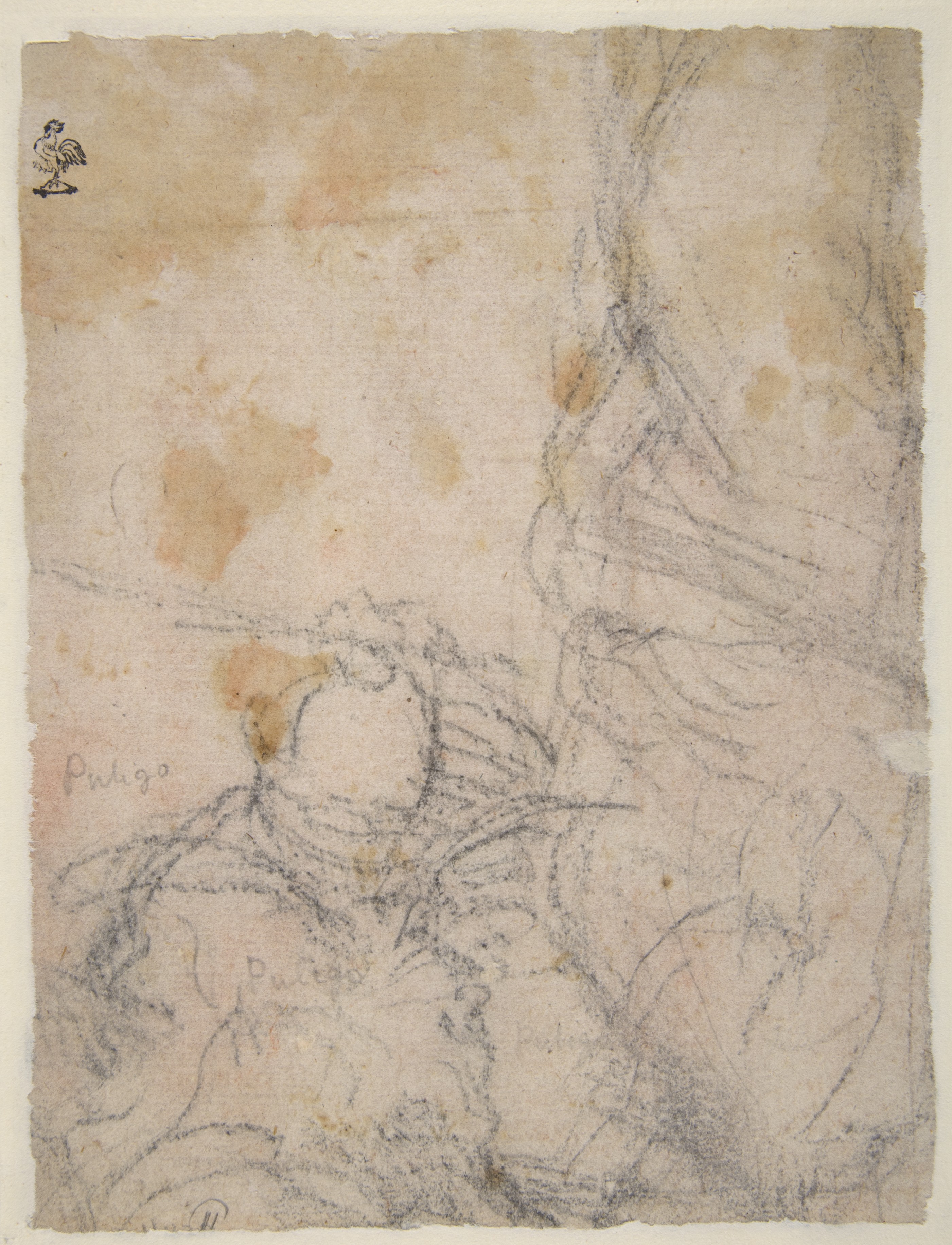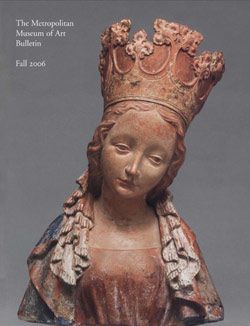Virgin and Child with Two Saints (recto); Fragmentary Design of a Pietà (verso)
Domenico Puligo Italian
Not on view
Dating from 1515-20, this rare, recently rediscovered work is one of the most accomplished surviving drawings by this artist. Less than 30 extant drawings by Puligo are known today, and this the only surviving study that can be securely connected to the design of one of Puligo's paintings. Born in Florence, Puligo formed part of the first generation of Florentine Mannerist painters, being closely influenced by Andrea del Sarto, his intimate friend and elder by six years, as well as by the young Jacopo Pontormo.
As is seen here, Puligo used a stick of hard red chalk to draw with a dazzling confidence and boldness of mark. He quickly traced the contours of the figures, working them over with great movement and angular breaks. In the areas of intermediate shadows, he used patches of parallel-hatching and cross-hatching, almost using the red chalk as if it were a pen, explointing some of the lines of hatching for pattern. In the areas of deepest shadow, he more or less evenly blended the thickly built-up strokes, and in the small areas of most intense highlights (as in the faces of the figures), he erased the drawing down to the white of the paper to create effects of luster.
(Carmen C. Bambach, 2006)
This image cannot be enlarged, viewed at full screen, or downloaded.
This artwork is meant to be viewed from right to left. Scroll left to view more.





